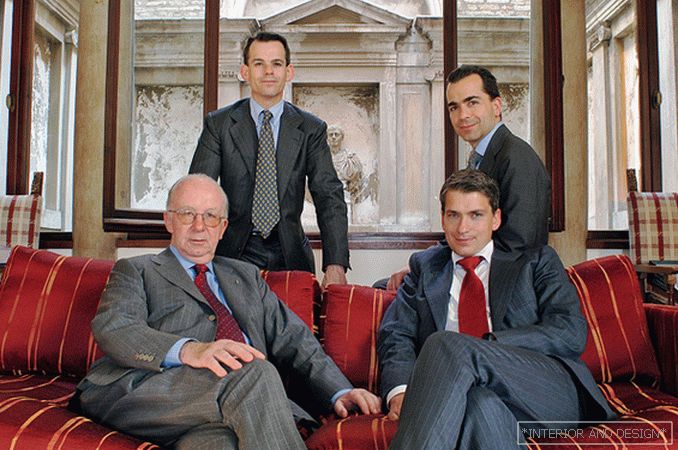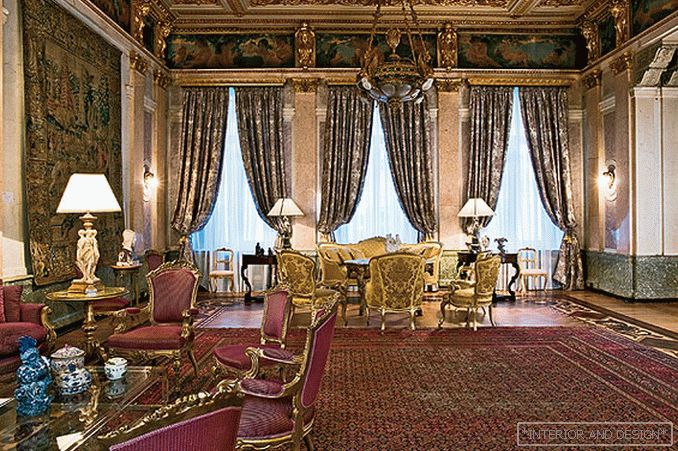Furniture and accessories in a cage
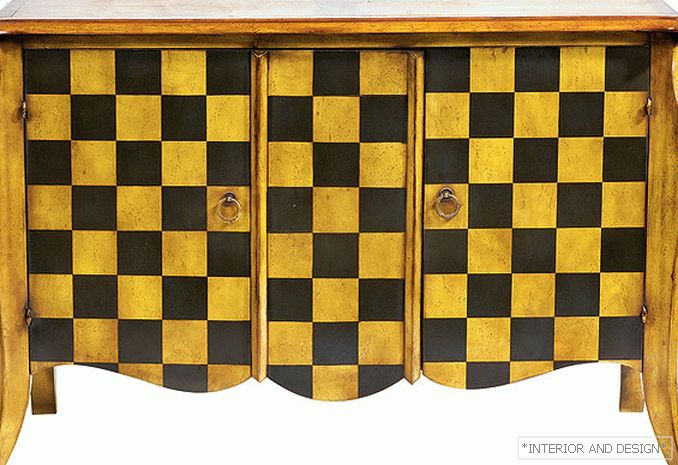
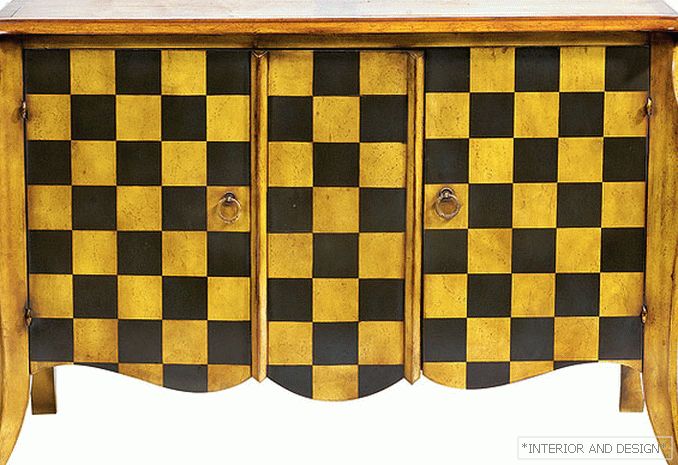
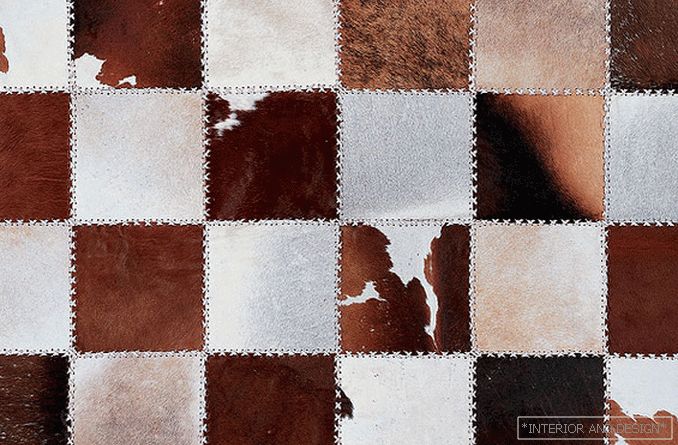
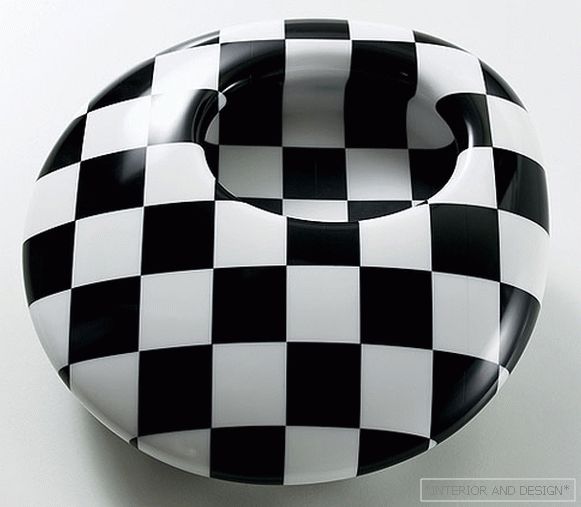
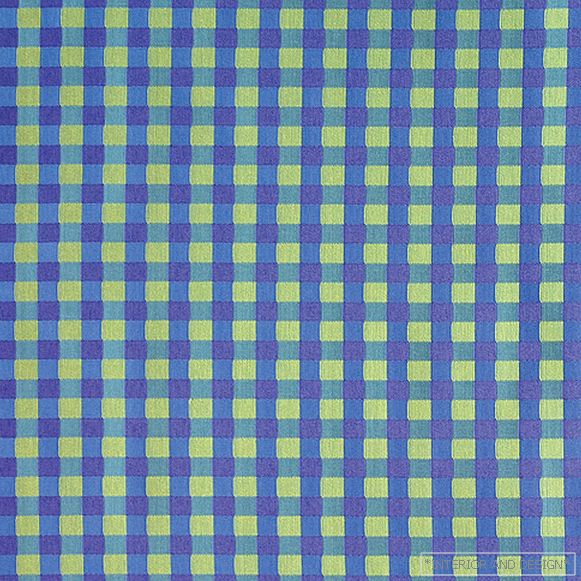
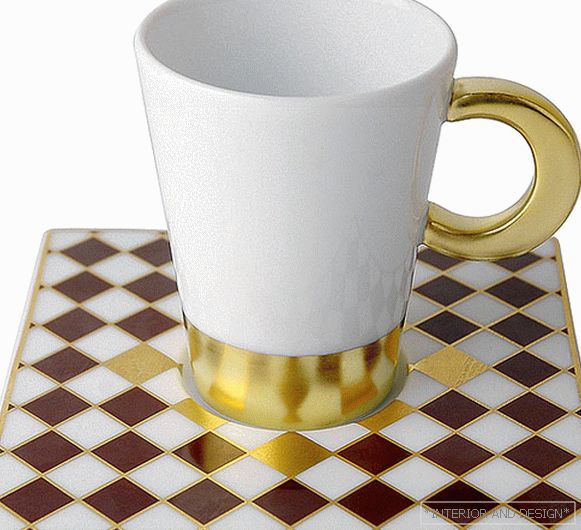
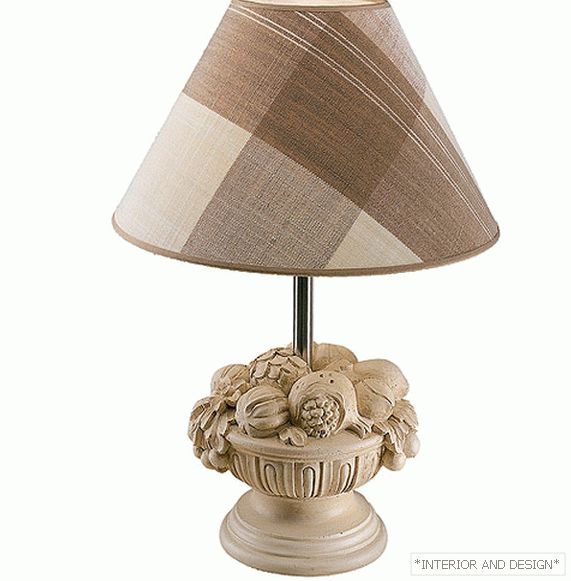
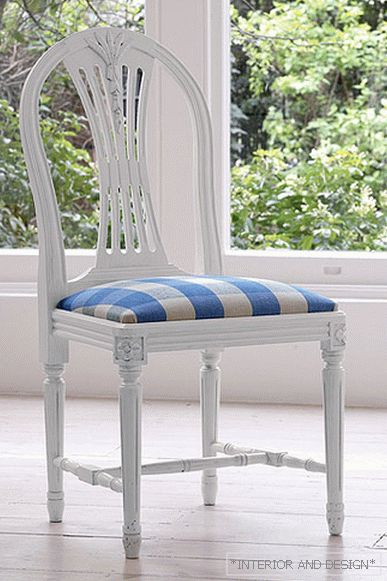
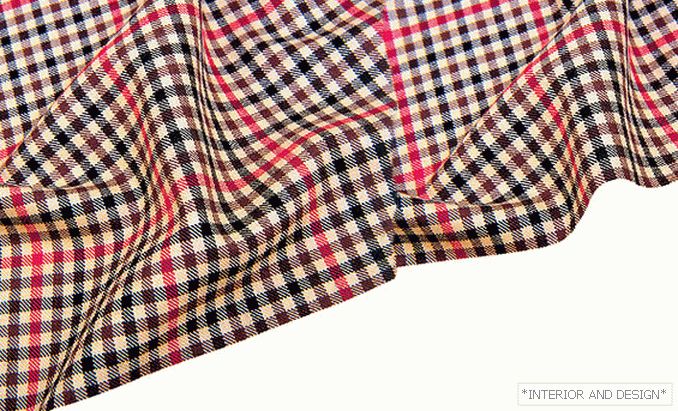

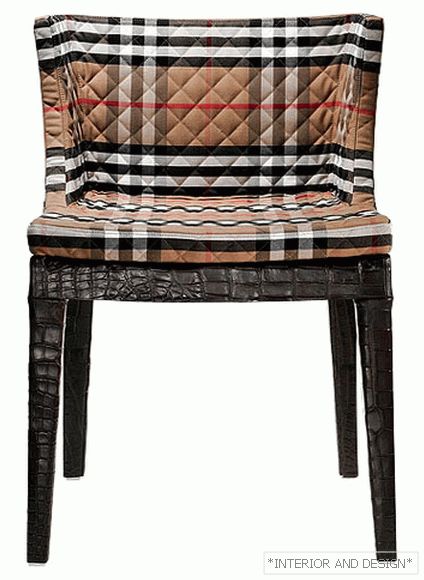
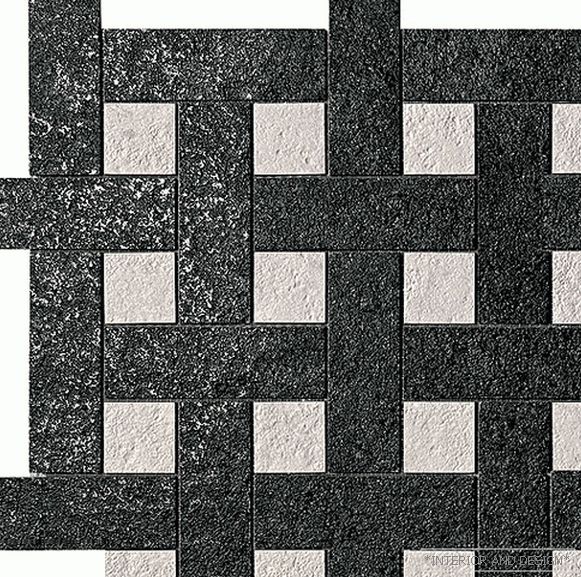
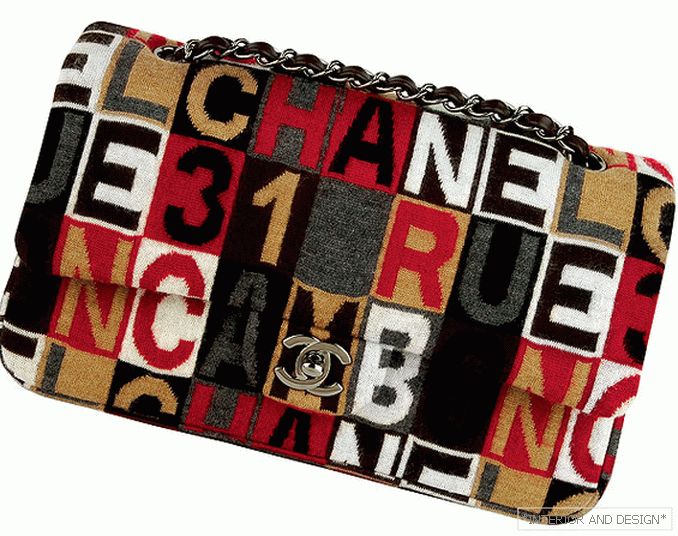
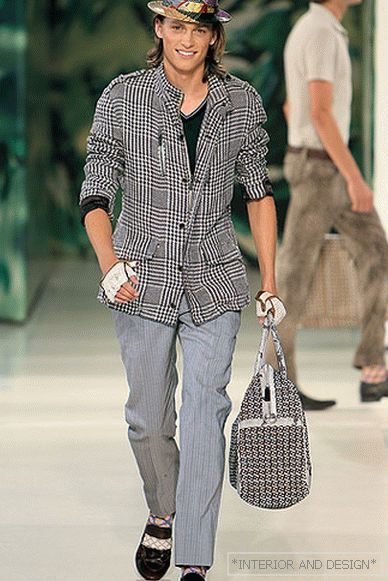 Passing the gallery
Passing the gallery Leading headings: Marina Volkova
A photo: - from the archives of the press services
Magazine: (136)
This year is declared checkered - on the podium and in the interior. It is difficult to remember something more familiar and traditional than drawing in a cage. Along with the strip, this protoornament accompanies mankind, it seems, throughout its history. Even the ancient Gauls and Scottish Highlanders used the cell as the main element of textile decoration. The latter, sung in the novels of Walter Scott and in the poetry of Lord Byron, became the protagonists of the nineteenth-century romantics. Together with them, a tartan cell (the fabric from which men's skirts are sewn - kilts) came into everyday life.
The Scots are cell fans. In addition to the tartan itself, they invented an unusually popular goose foot pattern - a broken, oblique cage. The French managed to give their answer to this hegemony: in the middle of the 19th century, the weavers of the town of Vichy invented a cage of the same name — the squares of two contrasting colors. This picture, inspired by the love of rural life, was to the taste of Scandinavians and Americans and is now perceived as an organic component of Scandinavian design and country style. The cell is remembered when you want something cozy - nice and cozy, and the range of its use is growing: in addition to home textiles, you can already find it on furniture and accessories, right up to lampshades and plates with a checkered border.


